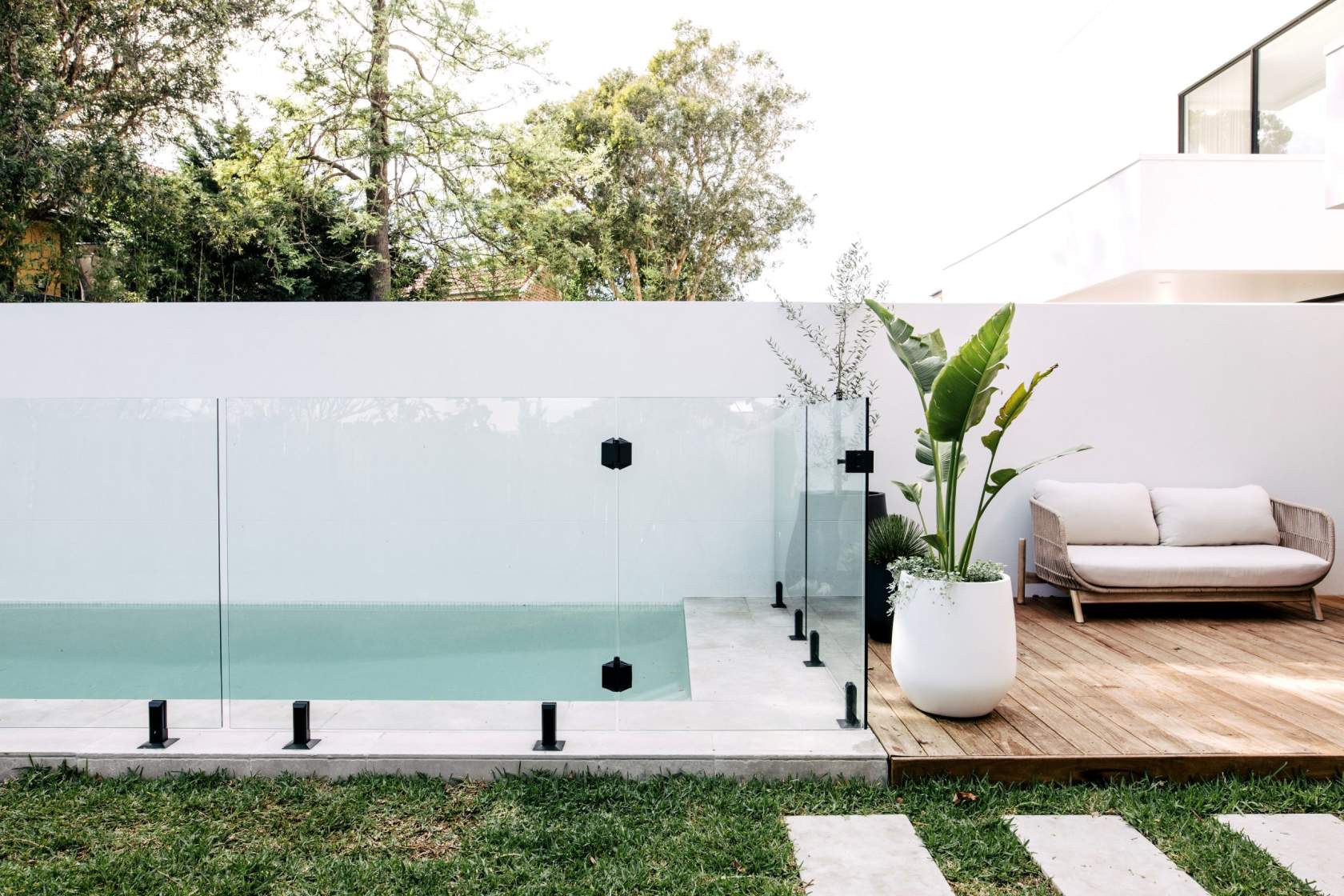

Heating options to extend your swimming season
Don’t hang up your towel when the mercury dips, finding the right heating solution for your pool can extend the season by months or even offer year-round swimming.
As a pool owner, you already know the joy of a refreshing swim on sweltering summer’s day. But for an increasing number of Australians, investment in a heating solution is offering more days to enjoy their pool each year, delivering all the health and lifestyle benefits that a longer swimmer season offers.
Every pool is different, and so is the way you use it. Whether your focus is relaxation, recreation or rehabilitation, a heated pool immediately transforms your backyard into a warm and inviting space – even in the cooler months.
The ideal water temperature for your pool varies according to use. As a general guide, the optimal temperature is between 24 and 26 ˚C for leisure swimming, around 28 ˚C for exercise and, at the highest end of the scale, between 32 and 35 ˚C for hydrotherapy pools. Without any intervention, the water temperature of an average backyard pool sits somewhere between 18 and 22˚C during the swimming season, the length of which varies according to geographic location.
There are three main types of pool heating available, each with different advantages depending on the application. In no order, these are solar heating, gas heating and heat pumps.
Solar heating
Solar pool heating is a popular choice, thanks to its low running costs. Solar systems pump water through the filter then through one or more thermal collectors, depending on the pool size, where it is heated and then returned to the pool.
The size of the solar collector is a major determiner of overall system effectiveness. It is usually expressed in square meterage and generally relates to the surface area of your pool but is also influenced by variables including local climate, roof or pool shading, the type, colour, slope and orientation of the roof, wind protection and the collector type.
Depending on location, a solar system can extend the swimming season by a few weeks through to a few months and the running costs after initial outlay are minimal.
Gas heating
Gas is the most efficient method for heating pools and spas in short periods of time. Gas pool heaters use either natural gas or LPG and heat water that has been drawn from the pool and passed through a filter. The gas burns in the heating unit’s combustion chamber, generates heat and transfers it to the water that is returning to the pool.
In addition to being the quickest heating method, gas heaters can also heat water up to around 40˚C and maintain that temperature for as long as desired, regardless of ambient conditions. This makes gas heating a favourite for spa pools and hot tubs, where its desirable to heat lower volumes of water to higher temperatures – often in short periods of time, for short periods of time.
Speed and stability come at a cost of course, with ongoing outlays determined by fluctuating gas prices.
Heat pumps
Heat pumps are an efficient, reliable and economical option. They work much like reverse-cycle air conditioning, drawing in air and extracting the heat before transferring it to the pool water passing through the heating unit.
The major advantage of heat pumps is that they are an extremely energy-efficient alternative.
This is because the pump itself requires very little energy (in the form of electricity) to operate when compared with the amount of energy (in the form of heat) that it produces.
The energy efficiency is measured by coefficient of performance (COP), a ratio of energy consumption to production. COP is expressed as a whole number and the higher that number, the more efficient the pump. They are thermostatically controlled and are available in analogue or digital formats. While both produce the same general result, digital thermostats are inherently more accurate and offer improved display settings.
Heat pumps are a great choice for pool owners that want to swim year-round at a set temperature.
Keep it covered
Around 90% of heat loss in a swimming pool occurs at the surface, so don’t forget to cover up. Pool covers and blankets allow heat in, insulate the water to prevent direct heat loss and also prevent loss through evaporation, mitigating heat loss on multiple levels and ensuring you get the most from your heating system.
Be realistic… and informed
Before you decide which heating alternative best suits you, give some thought to how you currently use – and would like to use – your pool. Depending on your location, looking for a couple of extra swimming weeks in spring and autumn is not the same as wanting year-round access to water that remains a steady 30˚C, so you’ll need to be clear on what those two ends of the spectrum demand in terms of initial outlay and ongoing running costs.
You should also be aware of any limitations posed by the location or existing set-up of your pool. For example, the suitability of each heating solution may vary between saltwater and chlorinated pools, so be sure to speak with a SPASA accredited expert who can provide you with the best advice. Pool equipment suppliers are constantly improving their products, thanks to advances in technology and manufacturing processes, so make sure you are getting the latest information. Do your homework and speak to as many people as possible, including other pool owners, before taking the plunge.
“Whether your focus is relaxation, recreation or rehabilitation, a heated pool immediately transforms your backyard into a warm and inviting space.”
Heating option pros
Solar: Environmentally friendly, low running costs
Gas: Fast, can reach and maintain high temperatures
Heat pump: Efficient, reliable, economical
